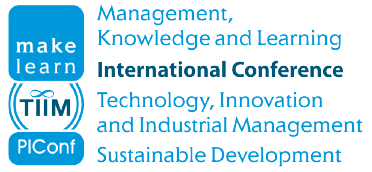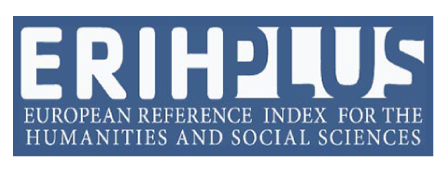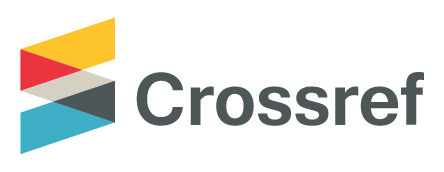On the Dynamics of Structure, Power, and Interaction: A Case Study from a Software Developing Company
DOI:
https://doi.org/10.53615/2232-5697.11.215-228Keywords:
Agile methods, Interaction, Power, Organizational learning, StructureAbstract
Purpose: In a dynamic world with high customer demands and volatile markets, organisations need to adapt to changes in context. Agile methods constitute a well-recognised framework for software companies. The current study looks into how these methods are applied and their perceived strengths. The problem formulation in the current study is: What are the experiences with agile methods?
Methodology: In a dynamic world with high customer demands and volatile markets, organisations need to adapt to changes in context. Agile methods constitute a well-recognised framework for software companies. The current study looks into how these methods are applied and their perceived strengths. The problem formulation in the current study is: What are the experiences with agile methods
Findings: Four themes emerged from the study concerning Empowerment in mastery and overview, Meaningfulness and job satisfaction as preconditions for learning, Transparency in processes facilitates psychological safety and learning, Imbalance in power between the programmers and the product owners: Lack of transparency.
Originality: These results are discussed in the study and presented in a conceptual model. We argue that transparency and meaningfulness play a central role in adapting and learning. The current study also investigates power aspects as both an enabling and disabling factor.
Downloads
Downloads
Published
License
Copyright (c) 2022 Trygve J. Steiro, Ragnar Vennatrø, Johan Bergh, Glenn-Egil Torgersen

This work is licensed under a Creative Commons Attribution-ShareAlike 4.0 International License.















